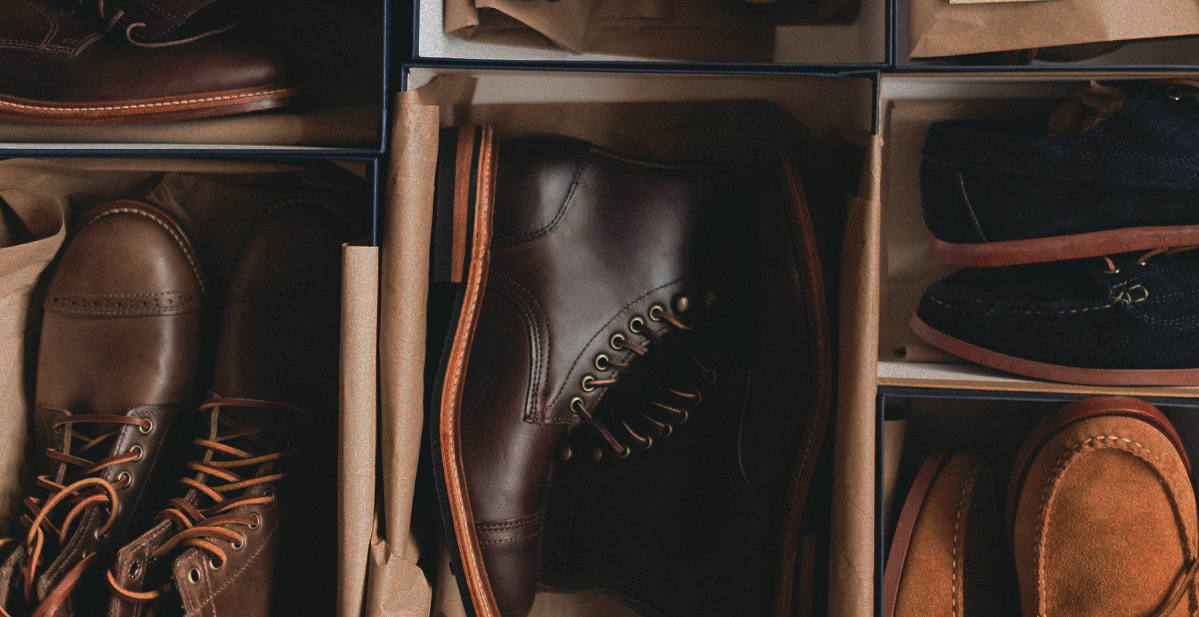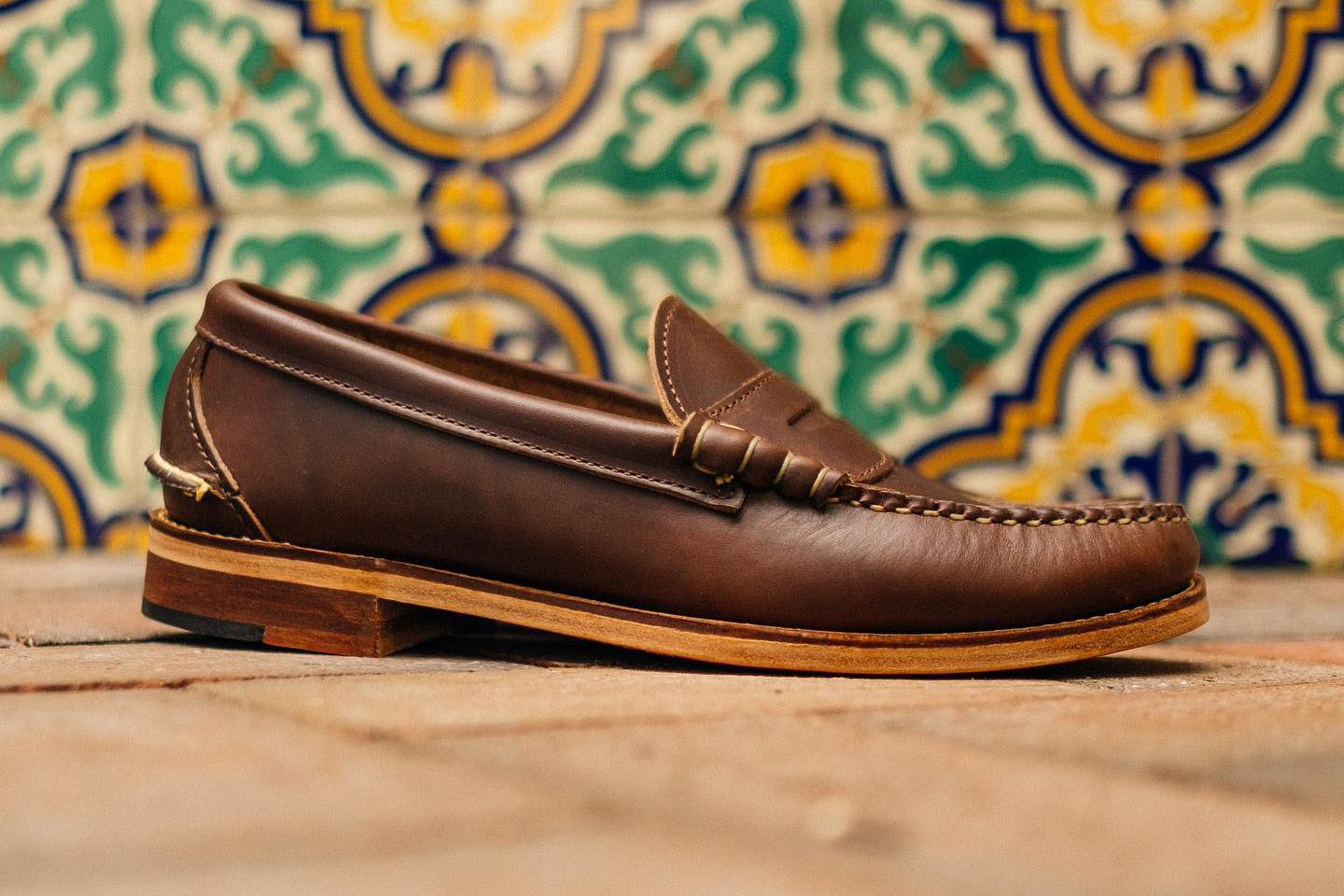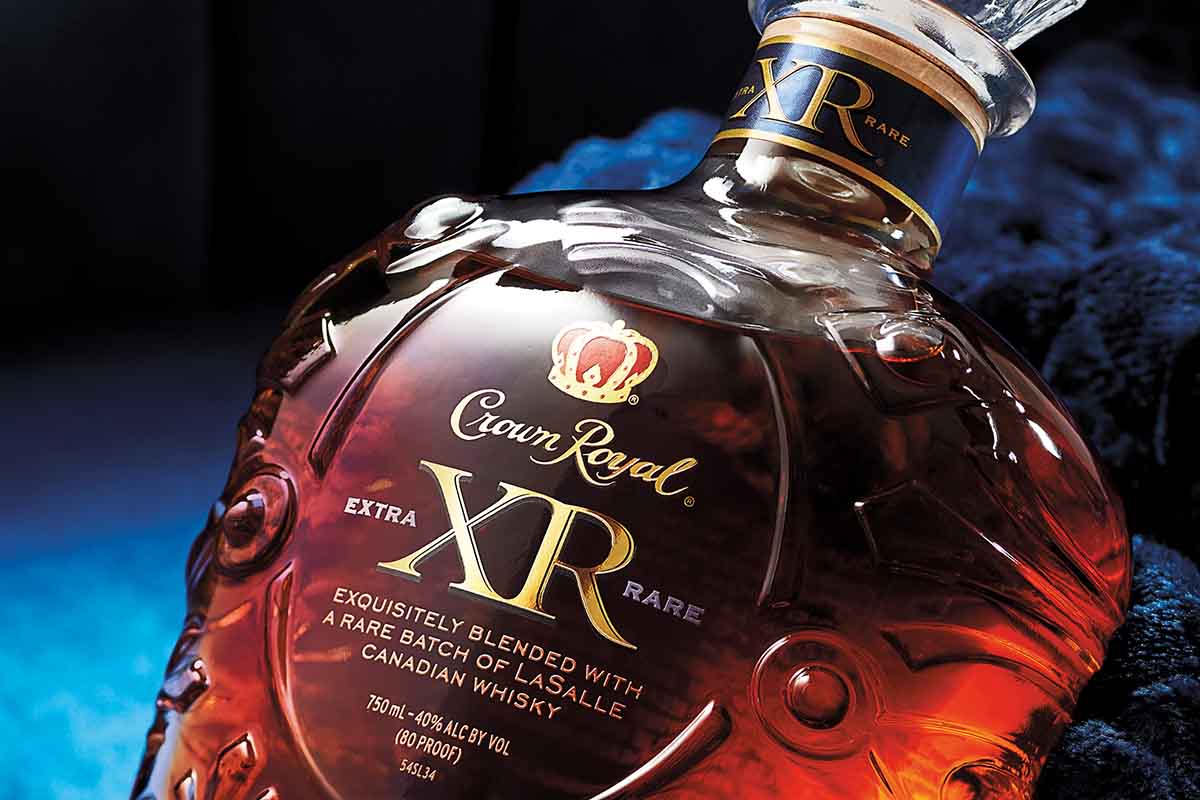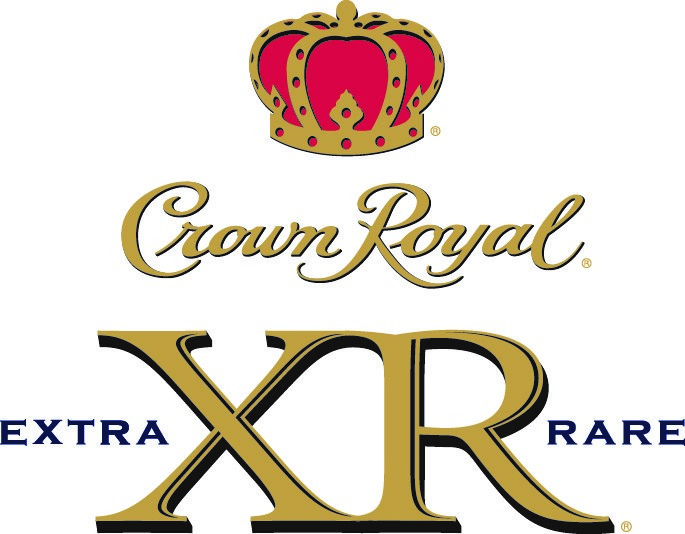
Of all the phrases relating to the parting of a man and his money, few are more gratifying to use than “worth every penny.” Those three words communicate the idea that, “Yes, I spent — perhaps more than I had originally intended or am traditionally comfortable with. But in the end, I was smart enough to realize that the item I was purchasing would be worth it. And I was right.”
It’s a good feeling, and one we’d all like to have more often. And thus we bring you “For What It’s Worth,” a content series in partnership with our friends at Crown Royal in which our editors examine items that, due to their rarefied nature, superlative construction, and storied pedigree, are worth opening up your pocketbook for.
In this edition, we take a look at Oak Street Bootmakers, a Chicago concern that makes superlative boots, oxfords, loafers, bluchers and more.
Like many great shoemakers, George Vlagos’s father was — you guessed it — a cobbler. His father was a Chicago institution for more than three decades, and like any craftsman worth his salt, he passed his trade onto his son.
Which brings us to Oak Street Bootmakers.
Founded by George in 2010 and operating out of Chicago menswear temple Independence (which is also owned by the younger Vlagos), Oak Street is a brand that embraces craftsmanship, heritage and slow fashion in an era when doing so has become an increasingly tricky proposition. Every Oak Street shoe and boot is built from the ground up in the Windy City, starting with the local Horween Chromexcel leather that provides the raw materials for many of their silhouettes.
But beyond Vlagos’s mastery of his craft, what differentiates Oak Street from the footwear you’ll find at your local department store? Below, you’ll learn about at least four of the qualities that set them apart.

1. They’re built from superlative Chromexcel leather
What’s special about Chromexcel? Chicago’s Horween is the only tannery in the world that makes it, for starters.
It’s the yield of a 28-day, 89-step “cooking” process that utilizes both chrome and vegetable tanning. In non-leather-phile speak: you get the durability of the former, but also the malleability of the latter, meaning the material will develop a unique patina more quickly than other leathers … and then continue to develop that patina for years.
Horween patented the process more than 100 years ago, and it’s changed very little in the interim. While they’re coy on exactly what it entails, we do know that the tanning formula combines “food-grade beef tallow, cosmetic-grade beeswax, marine oil, chrome salts, tree bark extracts and naturally occurring pigments.” The formula is just one part of a slow, deliberate operation that also involves heat, steam, pressure and the quite literal handiwork of a team of experienced tanners. Oh, and the most important part of the equation: time.
(If you prefer the full leather-nerd explanation, Nick Horween himself has an excellent blog post on the process.)
FROM OUR PARTNER
Crown Royal XR: An Extra Rare Whisky for the Discerning Tippler

A man who appreciates the scarce and superlative deserves a drink that fits the bill: something not only of the highest quality, but that offers that bit of satisfaction that comes with knowing it exists in a finite quantity.
Enter Crown Royal XR, the second edition to the storied Canadian brand’s Extra Rare series. It’s crafted from one of the final batches of whiskies saved from the renowned LaSalle distillery, which was founded in 1924.
LaSalle closed for distilling in 1993, and using these precious final reserve batches, Crown Royal Master Blender Andrew MacKay has created an exquisite, full-bodied blend featuring notes of honeyed pear and dried apricot, finishing with touches of cocoa and brown sugar.
Just be sure to tell your friends and guests to savor what’s inside — they won’t be making any more of it, after all.
Please Drink Responsibly. CROWN ROYAL XR Blended Canadian Whisky. 40% Alc/Vol. The Crown Royal Company, Norwalk, CT.
2. They rely on Goodyear welt construction
Of the various ways that exist to construct a modern men’s shoe, Goodyear welting is the oldest, the machinery having been invented in 1869 by Charles Goodyear, Jr. It also requires the most labor, which can be accomplished either by hand or machine, but all the extra effort pays off in the form of an extremely durable shoe.
The first step in construction is stitching a welt to the upper, or the part of the shoe that covers the toes. Once this is done, a “rib” of canvas is cemented to the insole so as to mark where the sole is to be attached. Next, the space the welt surrounds is filled with cork or a similar material in order to permit breathability. The final step consists of cementing the outsole and stitching it to the welt.
So what does this all mean? The various layers required create more support for you, the wearer, and because the sole is not directly attached to the upper, resoling is made easier. In other words, you’re going to have these shoes for a long time.
3. They abide the stacked leather heel
You’ve probably heard of a stacked heel before, but if you’re unsure of what exactly it entails, it’s simple: a shoemaker places slabs of leather on top of one another until a heel has formed. There are a number of reasons why a stacked heel is preferable to a one-piece version made from something like fiberboard, one of the main reasons being that repair is less labor intensive. Because a stacked heel is made of layers, whenever a layer incurs damage, it’s simply removed and replaced, whereas with fiberboard the whole heel would require replacement. And if you’ve ever found yourself annoyed with the clacking noise heels sometimes create, a stacked heel tends to offer a much softer and subtler “click.”
4. They’re “fully recraftable”
When you purchase a pair of shoes, you want them to last. To ensure optimal durability, every pair of Oak Street boots, oxfords and loafers is made with replaceable outsoles, a trait typically reserved for formal shoes. That means they’re designed to be repaired, rather than replaced.
Because the shoes can be salvaged from any amount of damage you inflict on them, you don’t have to worry about reserving them for special occasions. Wear them every day — it’s what they’re made for.
Footwear imagery courtesy of Oak Street Bootmakers
Bottle image courtesy of Crown Royal
